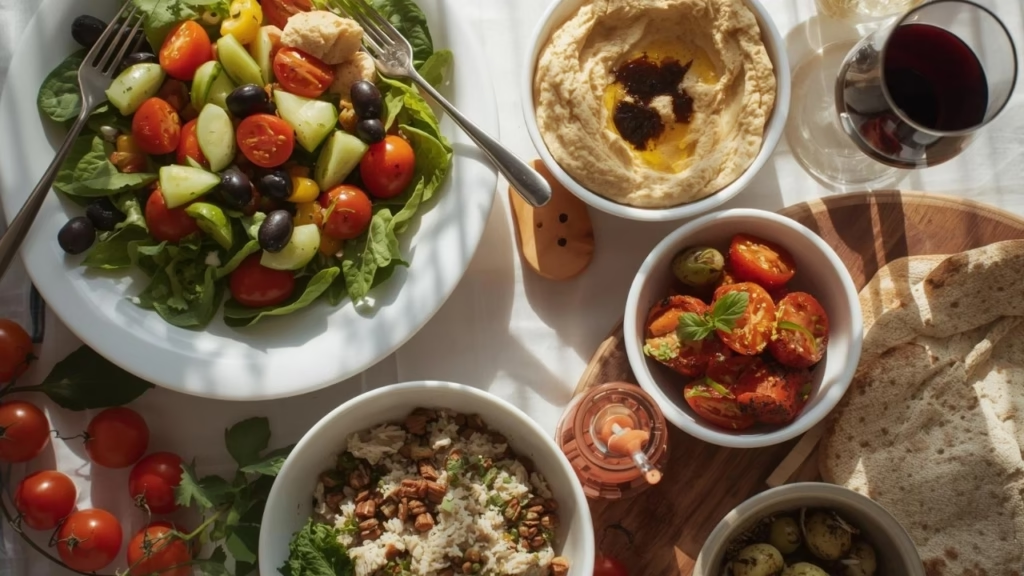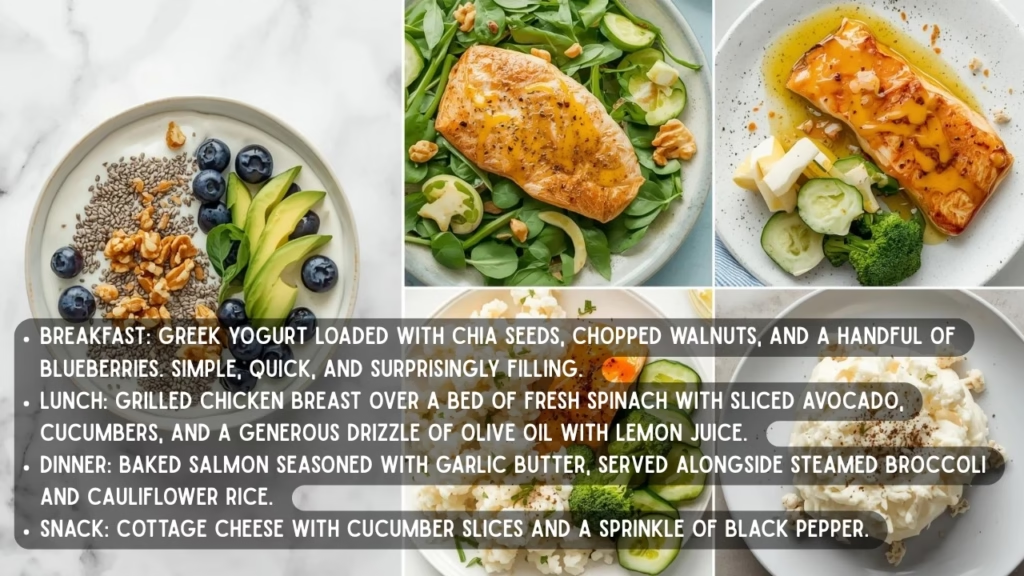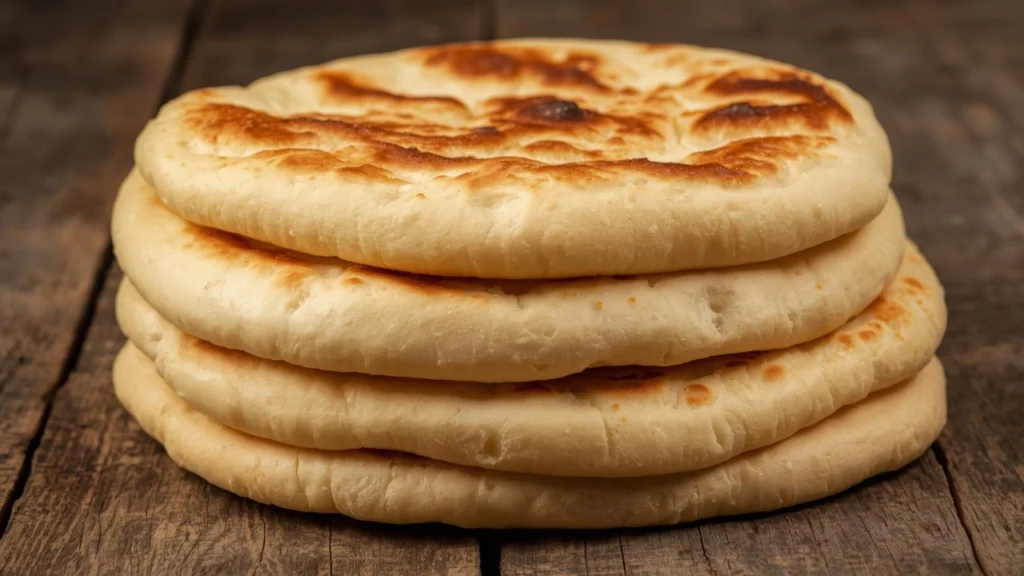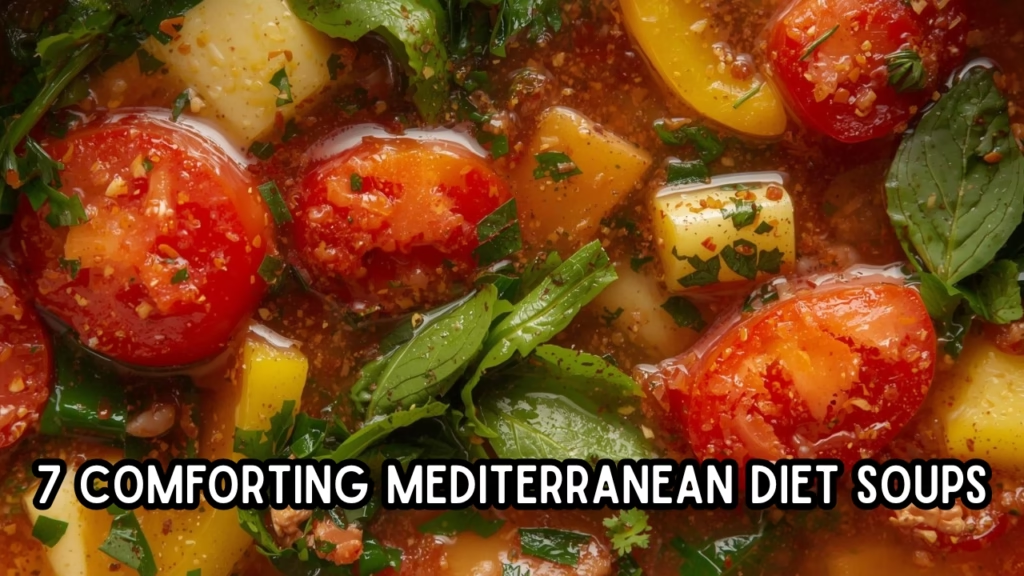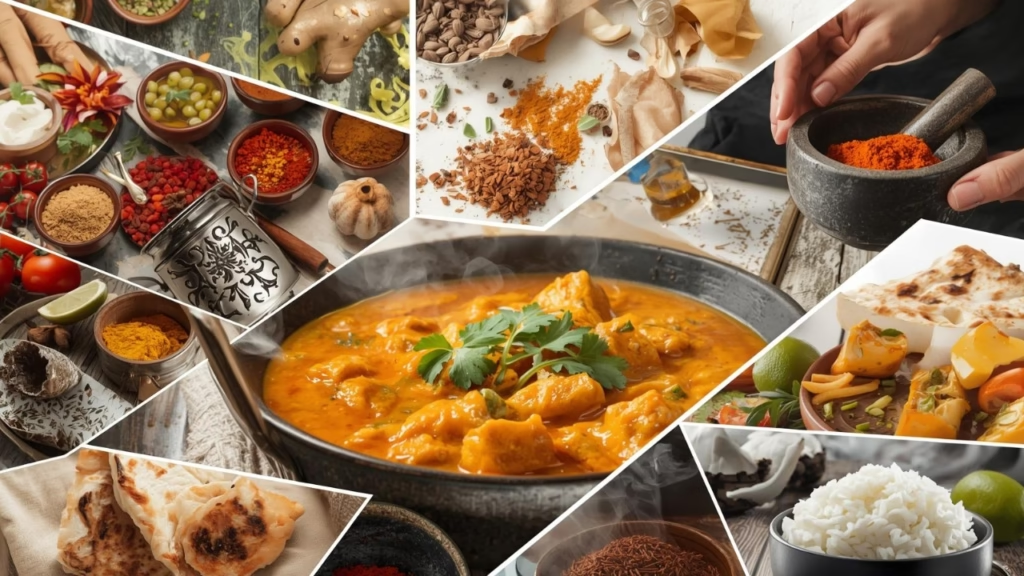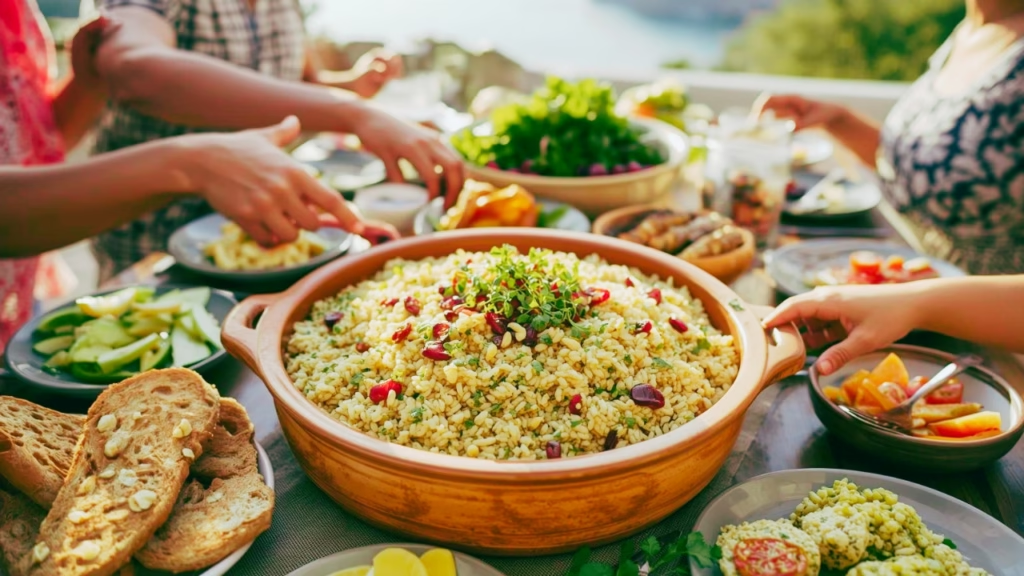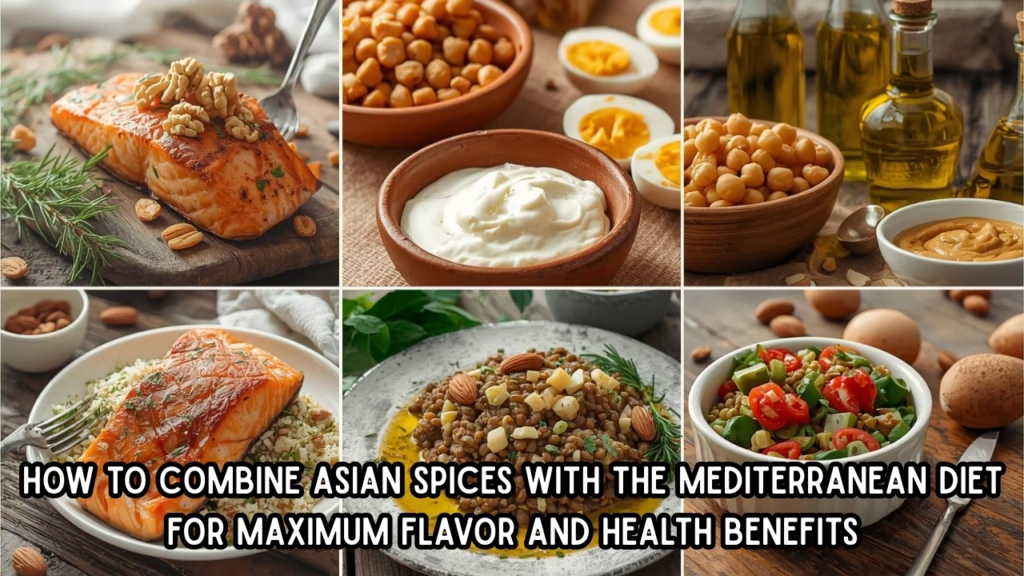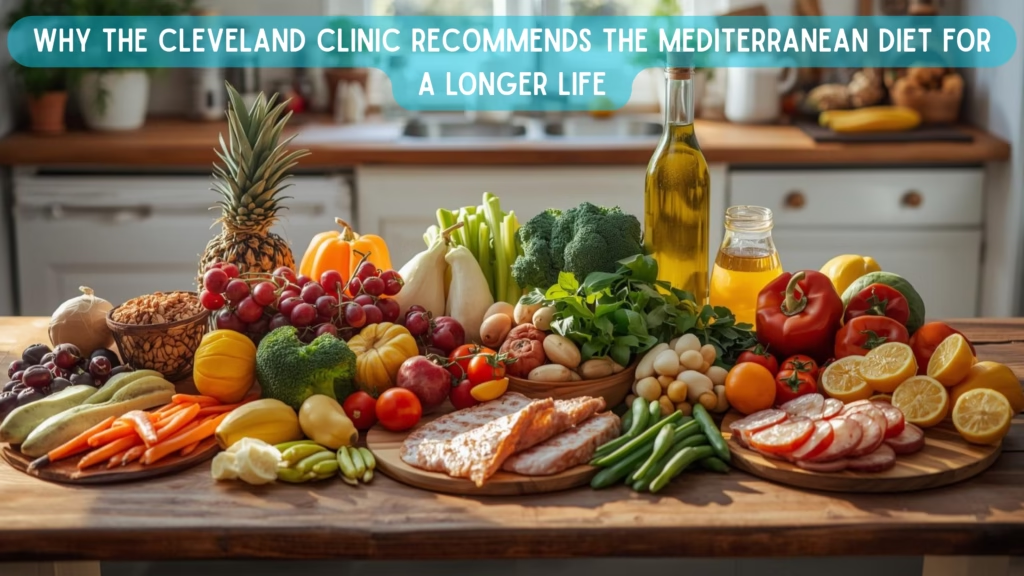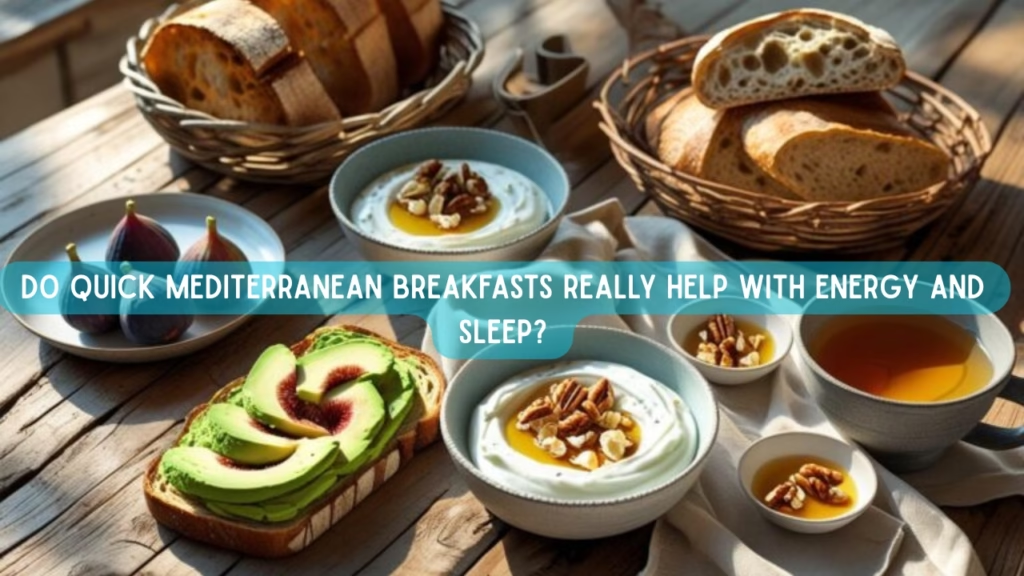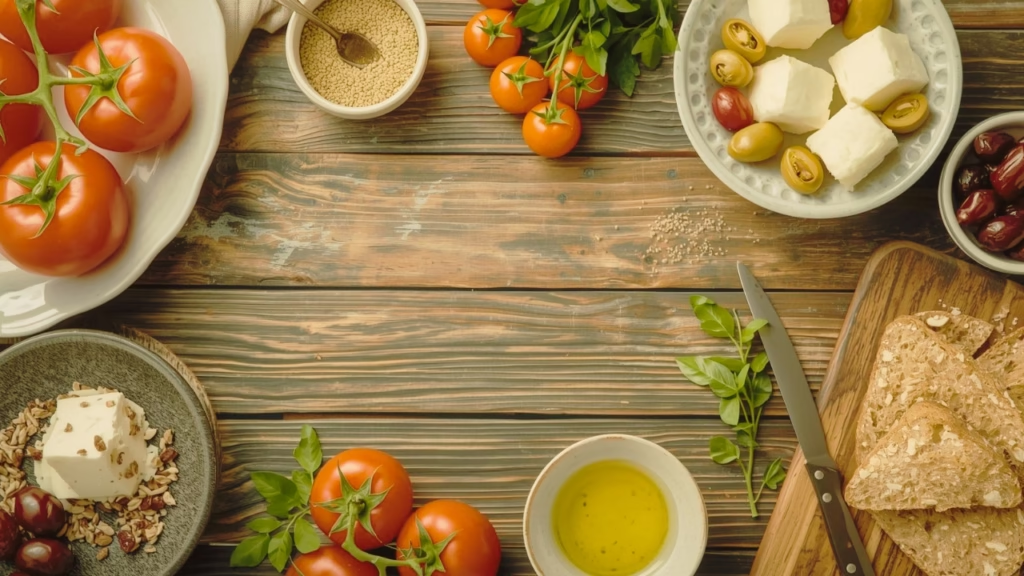Yes, it absolutely can. A 7-day high-protein low-carb meal plan can help you drop a few pounds, crush your cravings, and finally have consistent energy throughout the day—without feeling like you’re punishing yourself. The magic isn’t really magic at all. Protein keeps you satisfied for hours while cutting back on refined carbs stops those brutal 3 PM energy crashes that send you running to the vending machine.
I’ve watched friends try this for a week and come back amazed at how different they feel. Less bloated, more focused, and actually enjoying their meals. That’s the whole point—this should feel good, not like some form of dietary punishment.
Why a 7-Day High-Protein Low-Carb Meal Plan Actually Works
Most diets fail for two simple reasons: they either starve you or bore you into submission. This approach does neither, which is exactly why it works.
When you prioritize protein, your body stays fuller for longer periods. This isn’t just feel-good advice—it’s backed by science. Protein takes more energy to digest than carbs or fat, which means your metabolism works harder. It also keeps your blood sugar stable, so you’re not riding that roller coaster of energy spikes and crashes.
Meanwhile, when you reduce refined carbohydrates—the bread, pasta, sugary snacks, and processed foods—you eliminate the main culprits behind those energy crashes and uncontrollable cravings. You’re not going full keto here. You’re still eating carbs, just better ones. Think colorful vegetables instead of white bread.
Within just seven days, most people experience noticeable changes. You’ll probably feel less bloated by day three. Your energy levels become more consistent throughout the day. If you’re working out, you might notice your muscles looking more defined. Many people report sleeping better, and yes, you’ll likely lose a few pounds without obsessively counting calories.
The beauty of this 7-day high-protein low-carb meal plan is that it’s short enough to feel manageable but long enough to break some bad eating habits and see real results.
What You’ll Actually Be Eating on This Plan
Let’s be clear about something: this isn’t about forcing down plain chicken breast and raw broccoli while you fantasize about real food. You’ll eat satisfying meals that actually taste good.
Your protein sources include chicken, turkey, various types of fish like salmon and cod, shrimp, eggs in all their glorious forms, Greek yogurt, cottage cheese, and tofu if you lean that way. These aren’t just muscle-building blocks—they’re the foundation that keeps hunger at bay.
For vegetables, you’re looking at spinach, broccoli, zucchini, cauliflower, cucumbers, asparagus, bell peppers, tomatoes, and basically anything green or colorful that isn’t a starchy vegetable like potatoes or corn. These provide the fiber your digestive system needs and the nutrients that keep everything running smoothly.
Healthy fats are crucial and often overlooked. Olive oil, avocados, nuts, and seeds don’t just make food taste better—they help your body absorb vitamins and keep you feeling satisfied between meals.
What you’re avoiding are the usual suspects: bread, pasta, rice, sugary drinks, desserts, and most things that come in crinkly packages with ingredient lists you need a chemistry degree to understand.
Your No-Nonsense Shopping List
Here’s what you need to grab at the store. Print this out or screenshot it:
Proteins: Chicken breasts or thighs, ground turkey, salmon fillets, a bag of frozen shrimp, canned tuna, at least two dozen eggs, Greek yogurt, cottage cheese, and maybe some tofu if you’re feeling adventurous.
Vegetables: Fresh spinach or kale, broccoli crowns, cauliflower, zucchini, cucumbers, cherry tomatoes, asparagus, bell peppers, and whatever other non-starchy vegetables look good.
Healthy fats: A quality bottle of olive oil, several avocados in various stages of ripeness (because timing avocados is an art form), raw almonds, walnuts, chia seeds, and ground flaxseeds.
Low-carb alternatives: Pre-riced cauliflower or just buy whole heads and rice them yourself, zucchini for making noodles.
Pantry staples: Good salt, black pepper, garlic powder, paprika, turmeric, and any other spices you like.
Snacks and extras: More eggs (seriously, you’ll go through them fast), more nuts, maybe some protein powder if you’re into smoothies.
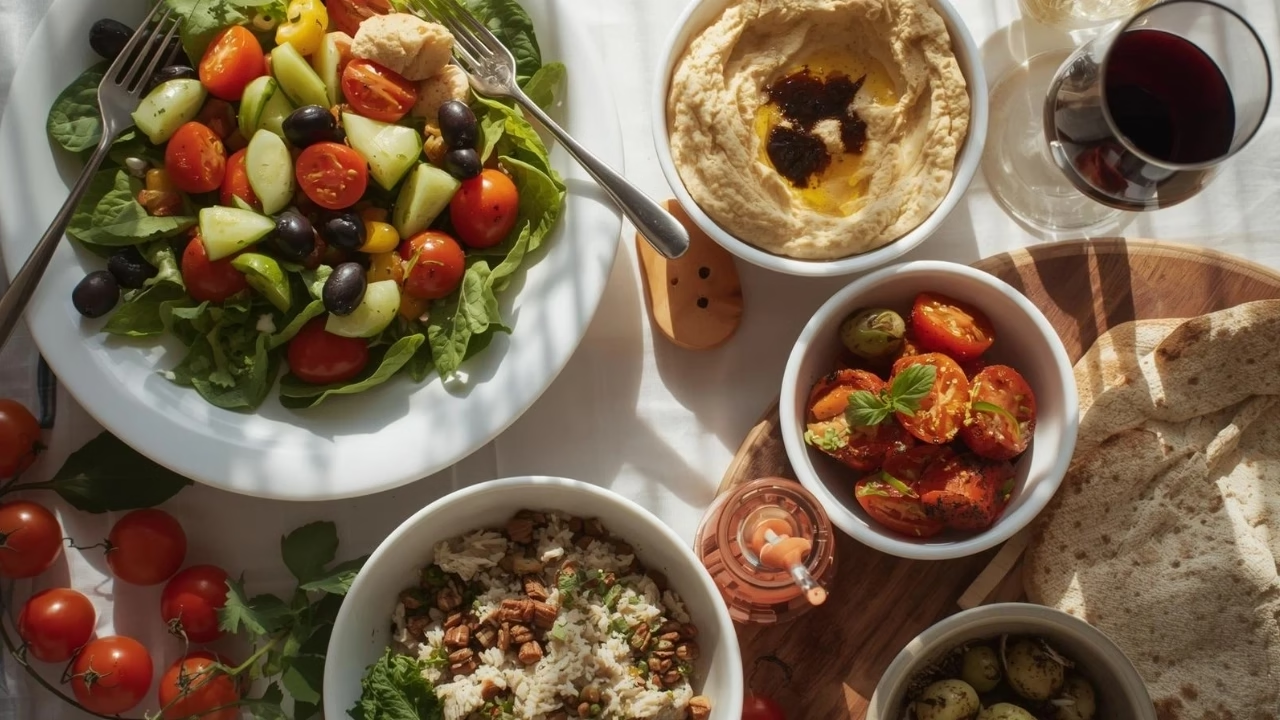
The Complete 7-Day High-Protein Low-Carb Meal Plan
Every single day is designed to keep you full, focused, and satisfied. No depressing desk lunches here.
Day 1: Getting Off to a Strong Start
Breakfast: Greek yogurt loaded with chia seeds, chopped walnuts, and a handful of blueberries. Simple, quick, and surprisingly filling.
Lunch: Grilled chicken breast over a bed of fresh spinach with sliced avocado, cucumbers, and a generous drizzle of olive oil with lemon juice.
Dinner: Baked salmon seasoned with garlic butter, served alongside steamed broccoli and cauliflower rice.
Snack: Cottage cheese with cucumber slices and a sprinkle of black pepper.
Day 2: Building Your Momentum
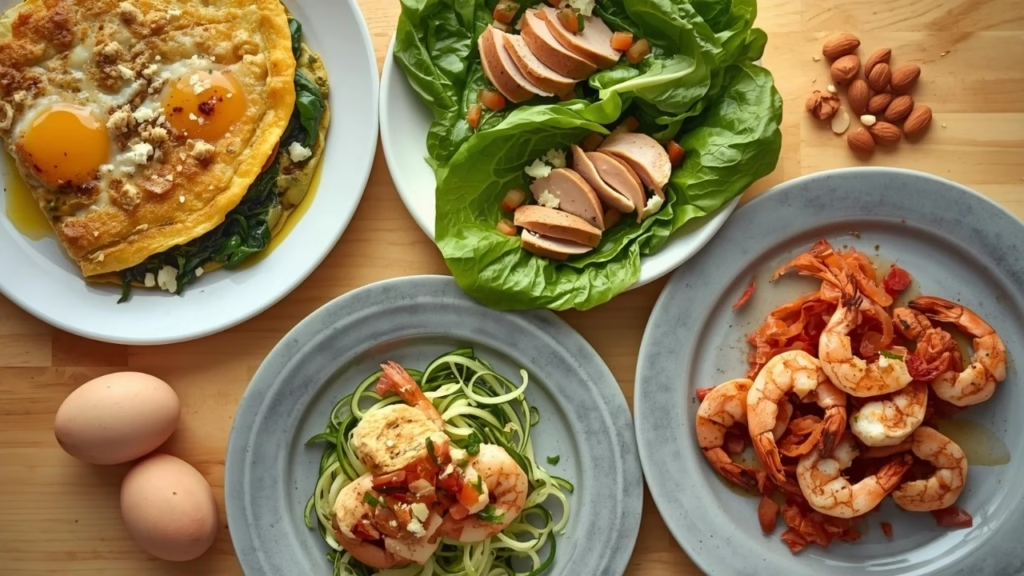
Breakfast: A three-egg omelet stuffed with sautéed spinach and crumbled feta cheese. Cook it in olive oil for extra richness.
Lunch: Sliced turkey wrapped in large lettuce leaves with hummus and chopped tomatoes. It’s like a sandwich without the carb coma.
Dinner: Shrimp stir-fried with garlic and served over zucchini noodles (spiralize them or buy them pre-made).
Snack: Two boiled eggs and a small handful of raw almonds.
Day 3: Finding Your Rhythm
Breakfast: Protein smoothie made with whey protein, unsweetened almond milk, a handful of spinach (you won’t taste it), and a spoonful of almond butter.
Lunch: Tuna salad made with Greek yogurt instead of mayo, mixed with diced cucumbers and celery. Eat it straight or wrap it in lettuce.
Dinner: Grilled chicken breast with roasted asparagus and cauliflower mashed like potatoes (add butter and garlic).
Snack: Chia pudding topped with unsweetened coconut flakes. Make this the night before.
Day 4: Hitting Your Midweek Stride
Breakfast: Scrambled eggs with smoked salmon and half an avocado on the side. This is a restaurant-quality breakfast at home.
Lunch: Turkey burger patties (skip the bun) served over a large mixed green salad with your favorite vinaigrette.
Dinner: Lean steak cooked to your liking with garlic-sautéed green beans and mushrooms.
Snack: Greek yogurt mixed with ground flaxseeds and a tiny drizzle of honey if you need sweetness.
Day 5: Maintaining Your Commitment
Breakfast: Egg muffins loaded with spinach, diced tomatoes, and shredded cheese. Make a batch of twelve on Sunday and reheat them throughout the week.
Lunch: Chicken Caesar salad with all the good stuff—just skip the croutons and use a reasonable amount of dressing.
Dinner: Pan-seared cod with zucchini noodles tossed in olive oil and garlic.
Snack: A simple protein shake and a handful of walnuts.
Day 6: Weekend Cooking Made Easy
Breakfast: Tofu scramble cooked with colorful bell peppers and seasoned with turmeric for a beautiful golden color and anti-inflammatory benefits.
Lunch: Shrimp and avocado salad with mixed greens, cherry tomatoes, and a squeeze of fresh lemon juice.
Dinner: Roasted turkey breast with cauliflower mash and sautéed spinach with garlic.
Snack: Boiled eggs with cucumber sticks and a pinch of sea salt.
Day 7: Finishing Strong and Proud
Breakfast: Cottage cheese topped with chia seeds, chopped walnuts, and a sprinkle of cinnamon. It’s like dessert that’s actually good for you.
Lunch: Grilled chicken wrapped in large lettuce leaves with sliced avocado and a drizzle of hot sauce if you like heat.
Dinner: Baked salmon with garlicky sautéed spinach and a side of steamed broccoli.
Snack: Greek yogurt with sliced almonds mixed in.
How to Actually Stick to This 7-Day High-Protein Low-Carb Meal Plan
Having a plan is one thing. Following it when life gets hectic is another. Here’s how to set yourself up for success.
Prep on Sunday afternoon. Spend an hour or two cooking chicken breasts, boiling a dozen eggs, chopping vegetables, and portioning things out. Your busy weeknight self will thank you profusely.
Season everything boldly. Plain food is why people give up. Use turmeric, paprika, garlic powder, cumin, fresh herbs, lemon juice—whatever makes your taste buds happy.
Drink water constantly. Seriously, aim for eight to ten glasses daily. It helps with digestion, keeps your skin clear, reduces false hunger signals, and makes everything work better.
Rotate your proteins regularly. Eating chicken for every single meal gets old fast. Alternate between salmon, turkey, shrimp, eggs, and whatever else you enjoy. Variety prevents boredom.
Never skip the healthy fats. Olive oil on your salad, half an avocado with lunch, nuts as a snack—these keep you full and make food infinitely more enjoyable.
Common Mistakes That Sabotage Your Results
People tend to mess this up in predictable ways. Learn from their mistakes instead of making your own.
Skipping protein at breakfast is the biggest error. Starting your day with just coffee or a piece of fruit means you’ll be ravenous by mid-morning and reaching for whatever’s convenient.
Overdoing dairy is another trap. Yes, Greek yogurt and cheese have protein, but they also contain more carbs than you might think. Use them, but don’t go overboard.
Eliminating ALL carbs sounds extreme and effective, but you need vegetables for fiber. Skip them and you’ll have digestive issues that make you miserable.
Forgetting about greens is surprisingly common. Your gut needs those vegetables to function properly. Plus, they’re loaded with nutrients that affect everything from your skin to your energy levels.
Why This Plan Works Long-Term
This isn’t some crash diet that leaves you fantasizing about pizza and feeling deprived. It’s actually balanced. You get plenty of vegetables, satisfying proteins, healthy fats, and even some fruit. You’re eating real food, not shakes and bars.
The approach overlaps beautifully with Mediterranean-style eating, which research consistently shows is one of the healthiest ways to eat long-term. After your seven days, you can easily transition into a more flexible version that includes occasional whole grains and legumes while maintaining these core principles.
The real goal isn’t perfection. It’s feeling better, having more energy, and realizing that eating well doesn’t mean suffering through bland, unsatisfying meals. It means choosing foods that fuel your body properly and actually taste good.
Give yourself these seven days. Shop smart, prep ahead, and see how you feel when it’s over. You might surprise yourself.
SOURCES
We carefully draw from trusted, evidence-backed sources—including peer-reviewed studies, respected academic institutions, and authoritative health organizations—to ensure the accuracy and reliability of every insight we share.
NIH / PubMed: High-protein diets boost satiety and metabolism, aiding fat loss.
American Journal of Clinical Nutrition: Protein helps with weight loss and prevents regain.
NCBI / NIH: Low-carb diets improve short-term weight loss and insulin sensitivity.
Journal of the American College of Nutrition: Protein increases energy burn and reduces appetite.
PubMed
Nutrition, Metabolism & Cardiovascular Diseases: High-protein, low-carb diets improve fat loss and heart health markers.
PubMed
You May Also Like
How to Make Homemade Pita Bread. A Simple Step-by-Step Guide
Pita Bread Making Pita bread represents one of the oldest forms of bread still commonly…
7 Comforting Mediterranean Diet Soups Made with Simple, Healthy Ingredients
Mediterranean diet soups represent a cornerstone of one of the world’s healthiest eating patterns, combining…
I’m from Bhutan. Here’s How I Combined Local Foods with the Mediterranean Diet for Better Energy
Growing up in Phuntsholing, I never imagined that the traditional Bhutanese foods my grandmother cooked…
Mediterranean Diet Whole Grains: The Complete Guide to Heart Health and Longevity
Mediterranean Diet Whole Grains: The Complete Guide to Heart Health and Longevity Mediterranean diet whole…
How to Combine Asian Spices with the Mediterranean Diet for Maximum Flavor and Health Benefits
Asian spices with the Mediterranean diet create an extraordinary culinary fusion that doesn’t just taste…
Cleveland Clinic Mediterranean Diet: Why It’s Best for a Longer Life
Why the Cleveland Clinic Recommends the Mediterranean Diet for a Longer Life Cleveland Clinic Mediterranean…

Hello! I’m Sangay Choda, the creator of Mediterranean Diet Choice.
I’m not a doctor or licensed dietitian — I’m a health enthusiast who has spent years exploring the Mediterranean lifestyle and its proven benefits for long-term wellness, balance, and longevity.
My interest in this way of living began with a simple goal: to understand how everyday food choices can protect our hearts, improve energy, and support a happier life. Over time, I have researched and curated information from trusted medical and nutritional authorities, such as:
Harvard T.H. Chan School of Public Health
Mayo Clinic
World Health Organization (WHO)
National Institutes of Health (NIH) and more
I take complex, research-backed insights from these sources and transform them into easy-to-read, practical guides that anyone can apply — especially those looking to live healthier without restrictive diets or complicated plans.
While I do not offer medical advice, every article on this website is created with care, transparency, and a commitment to evidence-based information. My mission is to help readers make informed choices for a balanced, Mediterranean-inspired lifestyle.
Disclaimer: The content on this site is for informational and educational purposes only and should not be used as a substitute for professional medical advice. Always consult a qualified healthcare provider before making significant health or dietary changes. For more details, please visit our Disclaimer page.
For additional information about this website and its purpose, visit our About page. You can also review our Terms & Conditions to understand your rights and responsibilities when using this site.
Thank you for visiting Mediterranean Diet Choice.If you have questions, suggestions, or wish to collaborate, feel free to reach out at contact@mdietchoice.com or contact us.

